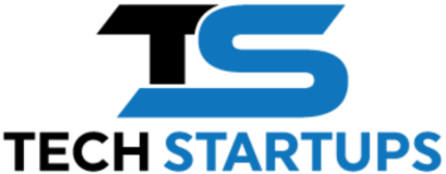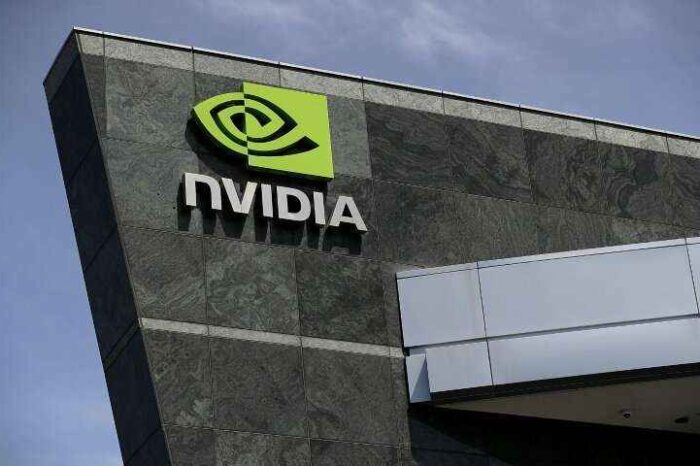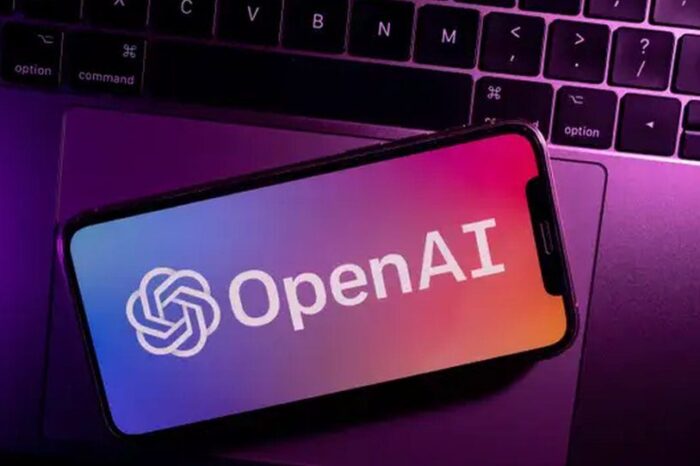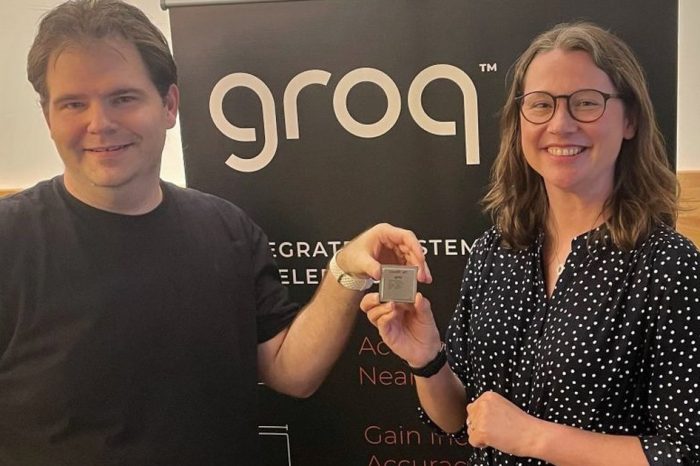Foundation EGI, an MIT spinout, raises $23M to rewire manufacturing with AI-native engineering
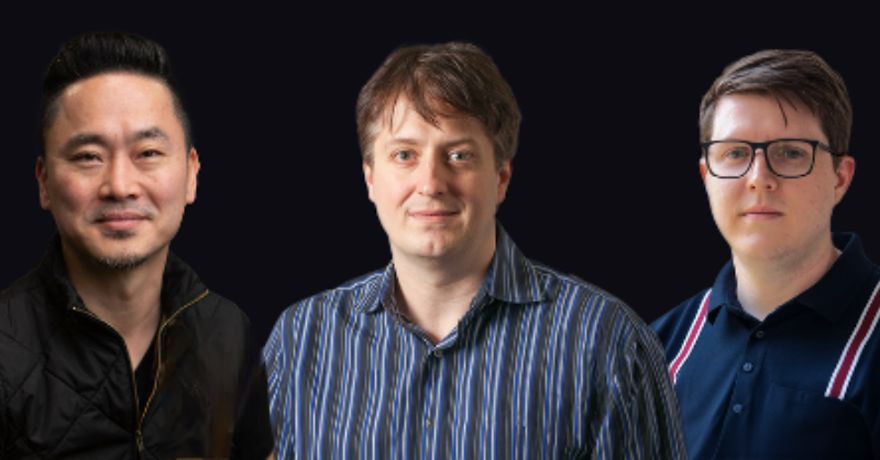
Foundation EGI isn’t slowing down. Just two months after emerging from stealth with $7.6 million in funding, the MIT spinout is back — this time with a $23M Series A to take on manufacturing’s deepest inefficiencies. Its pitch? An AI-native platform that doesn’t just assist engineers — it challenges how they think, design, and build.
The new round, which was oversubscribed, brings Foundation EGI’s total funding to over $30 million. Translink Capital led the Series A, joined by RRE Ventures, McRock Capital, Escape Investment Management (led by Altair founder Jim Scapa), Fifth Growth Fund, and returning investors E14 Fund, UNION, GRIDS Capital, and Henry Ford III.
From MIT Lab to Factory Floor: Foundation EGI Raises $23M to Reshape Design and Manufacturing
Foundation EGI’s approach flips the traditional AI-for-manufacturing script. Rather than automating repetitive tasks, the startup is focused on building systems that can push boundaries — systems that understand the nuances of engineering and question established norms.
“We’re not just using AI to automate tasks. We’re building AI that knows when to break the rules,” said Wojciech Matusik, Ph.D., the company’s co-founder and CSO, and a professor of EECS and MechE at MIT. “The biggest leaps in engineering haven’t come from following best practices. They came from challenging assumptions. Foundation EGI is designed to do exactly that.”
At its core, the platform blends domain-specific large language models with physics-informed context and engineering conventions. It’s built to work across the full engineering lifecycle — from design and simulation to manufacturing and documentation. The result is a system that can turn messy specs, fragmented tribal knowledge, and outdated PDFs into structured, auditable workflows that machines and humans can both use.
Mok Oh, Ph.D., co-founder and CEO of Foundation EGI, says the company is building for a future where human engineers and machines can co-create with shared understanding, not just improved productivity, but shared intuition.
“The next industrial revolution will be AI-native,” Oh said. “It begins by empowering engineers with AI tools that speak their language. From there, we move toward a future where humans and machines co-design with shared context and creativity.”
Inside the Engineering Brain Foundation EGI Is Building
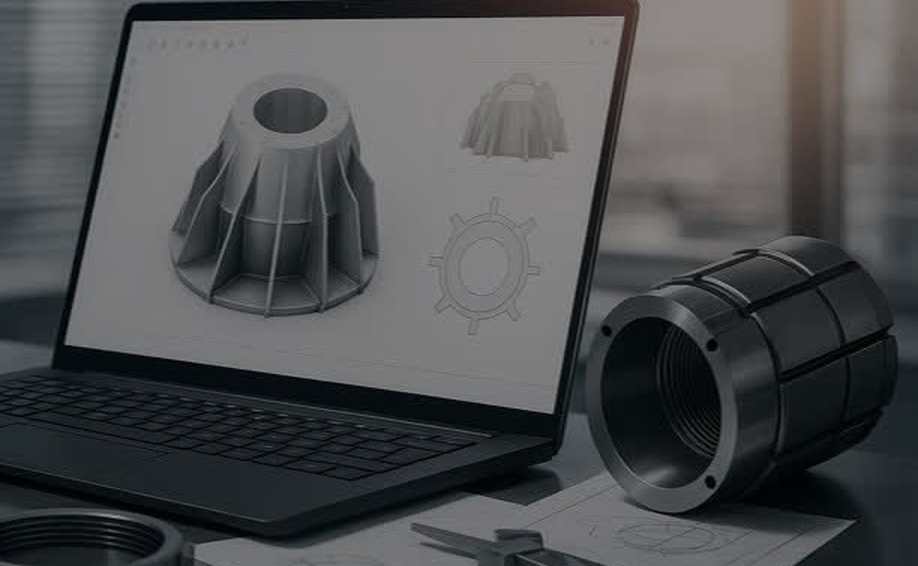
Foundation EGI says it has built the first domain-specific AI platform focused on engineering general intelligence (EGI). It’s already being tested inside Fortune 500 industrial firms, where it’s helping clean up the mess of disconnected specs, outdated manuals, and hard-to-transfer tribal knowledge that engineers deal with every day.
The company was co-founded by MIT researchers Mok Oh, Professor Wojciech Matusik, and Michael Foshey. They’ve built a team that spans AI research, enterprise software, and real-world manufacturing — not just academics, but operators who’ve seen where the friction is.
The pitch is refreshingly direct: turn vague, unstructured engineering instructions into clear, machine-readable workflows. The web-based platform integrates with existing design and manufacturing tools. And at its core is a custom-trained large language model that understands physics, spatial logic, and how real products actually get built, not just simulated.
Why Investors Are Backing AI-Native Manufacturing
The company traces its origins to research at MIT led by Matusik and Michael Foshey. Their 2024 paper, Large Language Models for Design and Manufacturing, has already influenced a new generation of AI tools for industrial engineering. Foundation EGI was created to bring those ideas into the real world — not as research prototypes, but as products used by Fortune 500 manufacturers in automotive, aerospace, appliances, and beyond.
Investors are betting not just on the tech, but also on the team’s ability to bridge academic AI with real-world engineering. “We backed Foundation EGI because this is one of the rare teams that combines deep technical mastery in AI with firsthand knowledge of how design and manufacturing actually work,” said Toshi Otani, Co-Founder and Managing Director of Translink Capital. “We also see huge market potential in places like Japan, Korea, and Taiwan.”
RRE Ventures General Partner Vic Singh put it more bluntly: “The best founders don’t just see around corners. They reshape the cornerstones of entire industries. Foundation EGI is building core infrastructure for the next generation of industrial AI — transforming manual processes that traditionally cost millions of dollars and countless hours of skilled labor into Engineering Intelligence.”
Jim Scapa, the former CEO of Altair, framed it as a response to tools that are long past their shelf life. “The tools engineers have relied on for decades weren’t designed for the scale, speed, and complexity of the AI future. Foundation EGI is creating something fundamentally new — an intelligence layer that understands engineering itself.”
McRock Capital’s Whitney Rockley echoed the sentiment: “What excites me most about Foundation EGI is how human the technology feels. They’re building tools that empower engineers to dream bigger, move faster, and stay in control of the creative process.”
That idea — that AI should help engineers ask better questions, not just optimize old answers — has become central to the company’s philosophy. In a TEDx talk earlier this year, Matusik asked: What if AI could help us ask better engineering questions, not just find better answers? Foundation EGI is betting that’s where the real breakthroughs start.
“Invention begins where convention ends,” said Oh. “This is the kind of AI that helps you discover what the old tools told you wasn’t possible.”
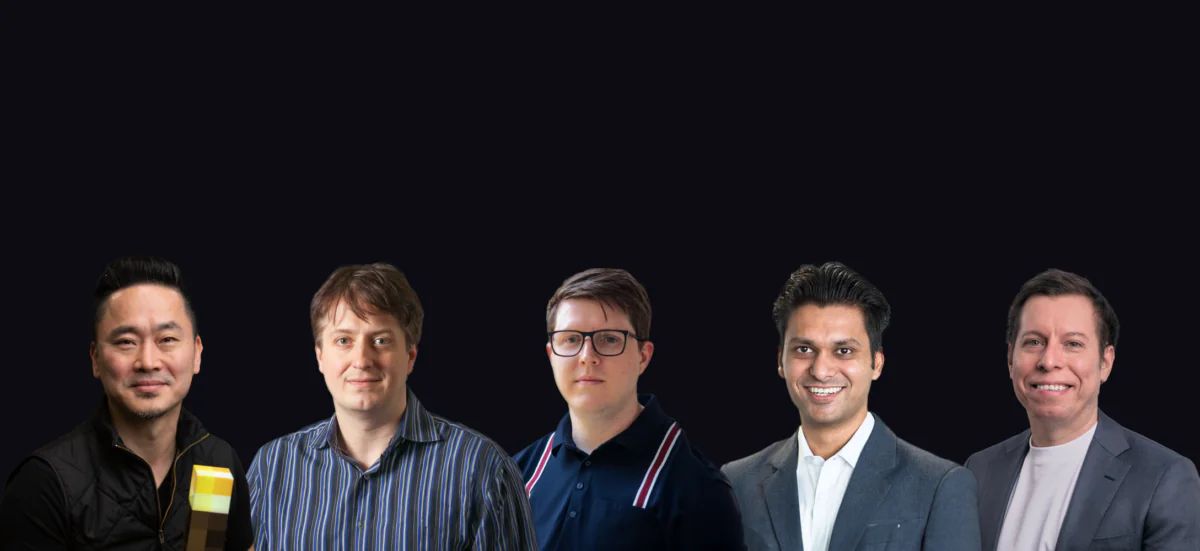
From left to right: Mok Oh, Prof. Wojciech Matusik, Mike Foshey, Harshit Gupta, and Jonathan Sosa.
